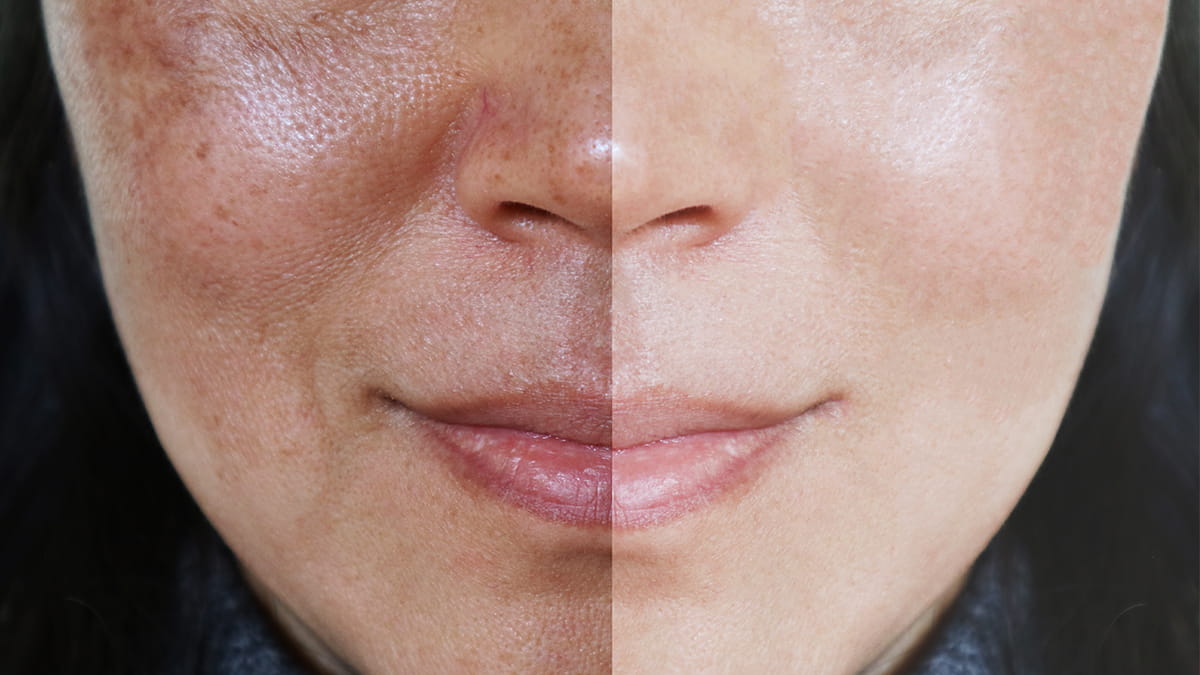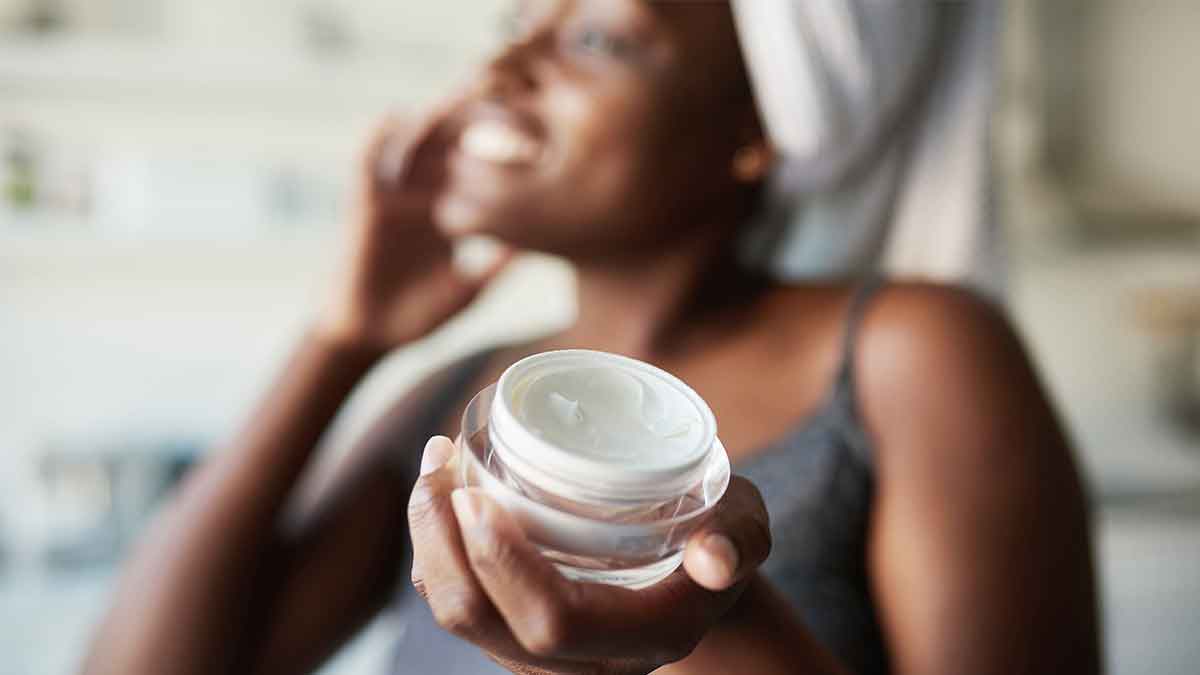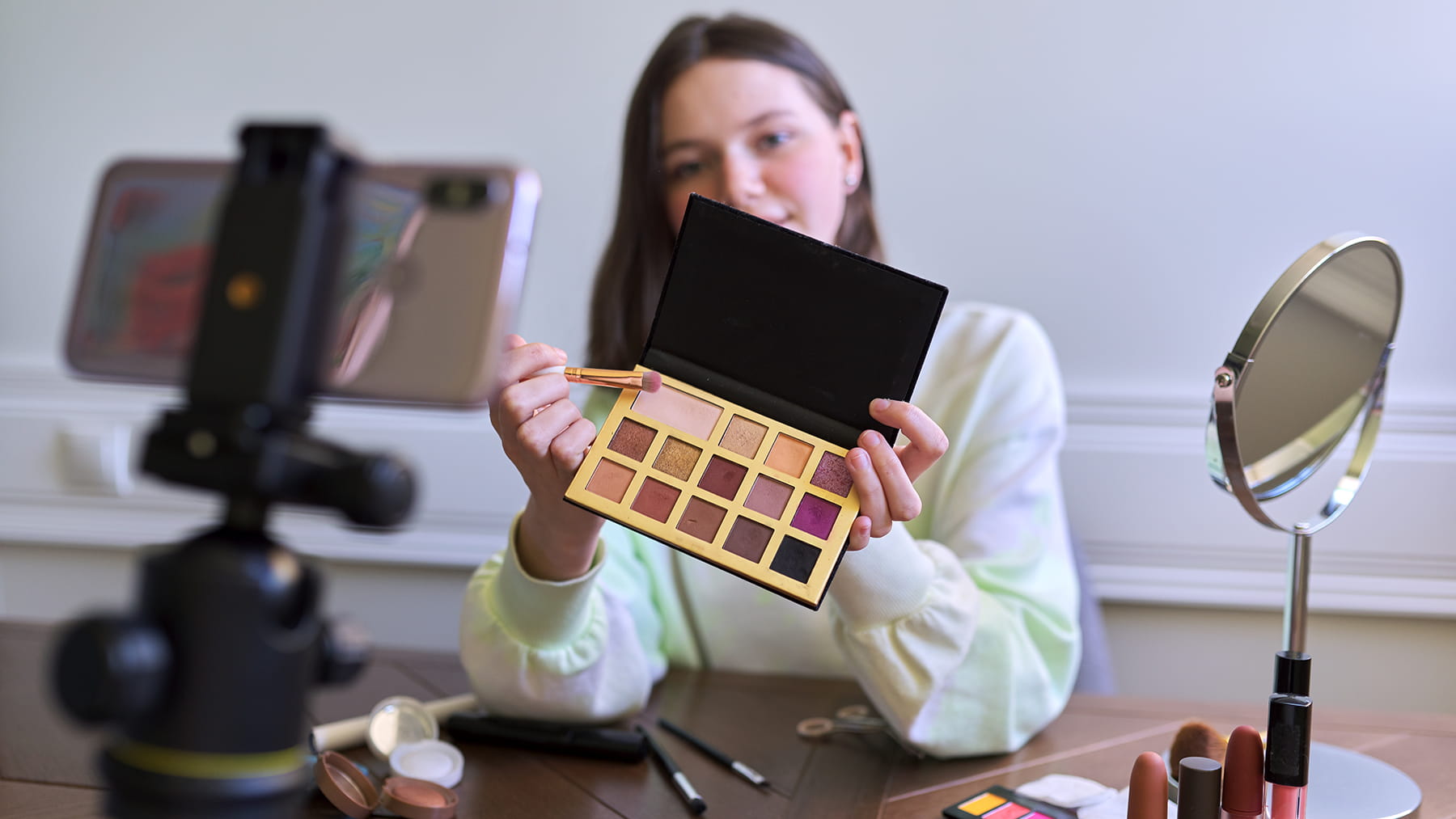Why is it so hard to treat stretch marks?
 Stretch marks – those faint, indented, squiggly lines running across abdomens, breasts, hips and thighs aren’t hard to miss.
Stretch marks – those faint, indented, squiggly lines running across abdomens, breasts, hips and thighs aren’t hard to miss.
They’re also a source of frustration as people try creams, lasers, tanning and more in an attempt to minimize their appearance.
Stretch marks are harmless and usually aren’t painful, but that doesn’t stop people from wanting them to disappear. The following are answers to the most common questions I get about stretch marks:
What are stretch marks?
Stretch marks are scars in the skin that develop when either the skin is stretched too much or shrinks too quickly. Collagen and elastin fibers help provide support to our skin, and when these fibers are disrupted, stretch marks appear.
Initially they can appear red or purplish, then fade to a linear scar that’s lighter than your overall skin tone.
Who’s at risk of getting stretch marks?
Stretch marks occur in men and women and can happen during various stages of life.
- Puberty: Stretch marks are commonly seen in children during puberty as they experience fluctuating hormonal levels and growth spurts, most notably on the back.
- Rapid weight gain: Putting on the pounds quickly can cause stretch marks, and losing weight rapidly will make them more apparent.
- Pregnancy: Stretch marks usually develop on the abdomen as the skin stretches.
- Bodybuilders: Fitness enthusiasts with extreme muscle development due to weight lifting may get stretch marks, particularly on arms and legs.
- Genetics: Some people will never develop stretch marks, while in others, any small stretch in the skin will result in these marks.
Can you get rid of stretch marks?
Stretch marks are permanent scars involving the disruption of the underlying collagen and elastin fibers. You’ll never be able to rid yourself of stretch marks.
If you can’t get rid of stretch marks, how can you improve their appearance?
There’ve been several attempts to develop treatments to improve the appearance of stretch marks, but the results have been disappointing.
Scar remedies, such as silicone sheets, over-the-counter topical ointments and prescription creams haven’t been proven helpful in longstanding stretch marks, but if they’re used at first onset, they can possibly minimize their appearance and prevent them from worsening.
Peels and microdermabrasion don’t provide consistent results. Pulse dye or fractionated CO2 lasers can reduce redness and inflammation and, in some patients, even fade the stretch marks, but they still don’t go away.
The downside with inconsistent results is people may spend money on treatments without a guaranteed benefit.
Can tanning improve the appearance of stretch marks?
Tanning will not improve the appearance of the stretch marks. It may even make them more noticeable, since the stretch marks themselves will not tan.
Can you prevent stretch marks?
Stretch marks in puberty are a natural phenomenon of growth. The same goes for pregnancy. Adults can avoid rapid weight gain or weight loss to try to prevent stretch marks. Bodybuilders should use caution when it comes to packing on the muscles.
Products sold in stores to prevent stretch marks aren't proven scientifically to provide any benefit and usually over promise and under deliver.
Do you need to see a doctor for stretch marks?
It isn’t necessary to see a doctor for stretch marks unless they’re inflamed or you’re experiencing discomfort.
Susan Massick is a dermatologist at The Ohio State University Wexner Medical Center and an assistant professor in the Ohio State College of Medicine. Follow her on Twitter @SusanMassickMD.




